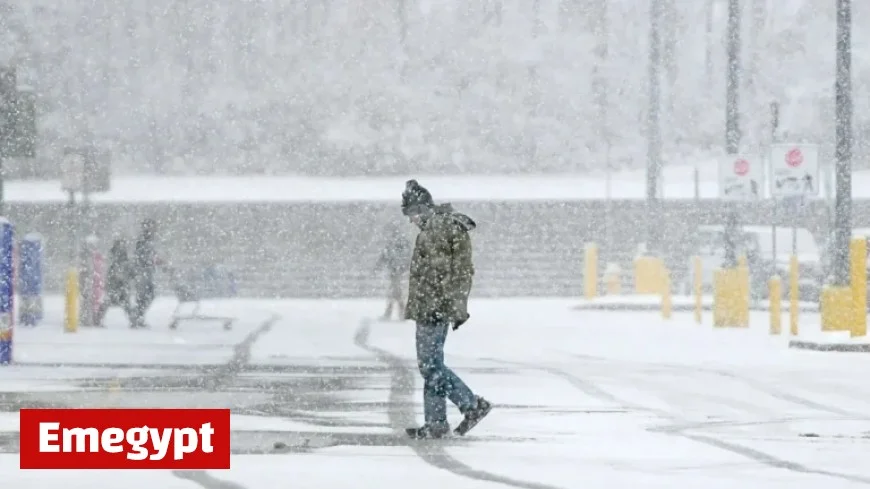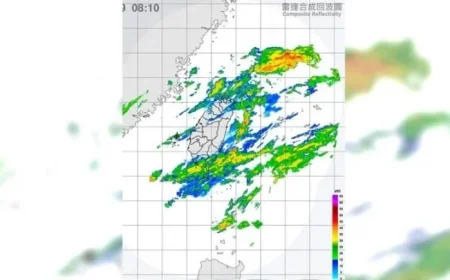Cold Snap Grips Southern US: When Will Temperatures Rise?

As the southern United States experiences an unusual cold snap, the region faces frigid temperatures that are significantly below average. This event, influenced by the polar vortex, is bringing Arctic air from regions as far as Greenland and the Canadian Arctic.
Impact of the Cold Snap
States across the Great Lakes region are particularly affected, with lake-effect snow covering roads and creating icy conditions. Millions are questioning the cause and duration of this cold weather.
Temperature Drops
- Florida: Air is moving in from the Arctic, causing temperatures to drop 20-25 degrees below average.
- Historical Context: Miami’s record low of 27 degrees was recorded on February 3, 1917.
Duration of Cold Weather
According to Weather.com meteorologist Jonathan Erdman, the cold spell will be brief. Milder air is expected to return to the central United States by Tuesday, November 11. This warmer air is anticipated to spread to the southern regions and into the Midwest over the week.
However, the Northeast might experience a slower transition. Another cold front from Canada could prolong the cold spell in this region, as noted by meteorologist Ben Noll.
Future Weather Forecasts
Experts from AccuWeather predict that while temperatures will improve over the course of November, sporadic cold air masses are likely in early December. This suggests a fluctuating climate as winter approaches.
In summary, the cold snap gripping the southern US is attributed to Arctic air from the polar vortex, promising a swift return to milder temperatures in the coming days, although some areas, particularly in the Northeast, may experience further chilly conditions.






























